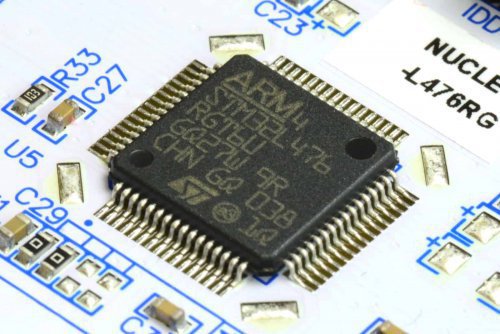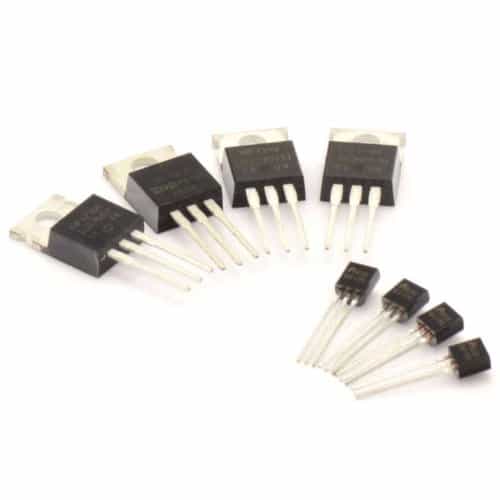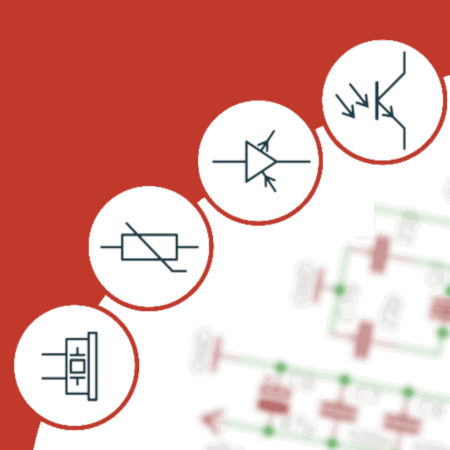Jak rozwiązać problem z modułem IR?
-
Quizy
-
Najnowsze posty w innych tematach
-
Kurs lutowania - #5 - las rezystorów, plecionka, topnik 1 2 3 4 9
Przez Komentator, w Artykuły redakcji (blog)
- 121 odp.
- 22 871 wyświetleń
-
- 4 odp.
- 195 wyświetleń
-
- 734 odp.
- 249 570 wyświetleń
-
Kurs Arduino - #3 - UART (komunikacja z PC), zmienne 1 2 3 4 46
Przez Komentator, w Artykuły redakcji (blog)
- 676 odp.
- 177 094 wyświetleń
-
- 21 odp.
- 449 wyświetleń
-






Pomocna odpowiedź
Dołącz do dyskusji, napisz odpowiedź!
Jeśli masz już konto to zaloguj się teraz, aby opublikować wiadomość jako Ty. Możesz też napisać teraz i zarejestrować się później.
Uwaga: wgrywanie zdjęć i załączników dostępne jest po zalogowaniu!